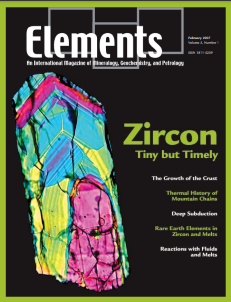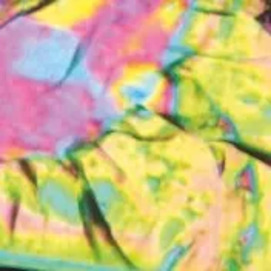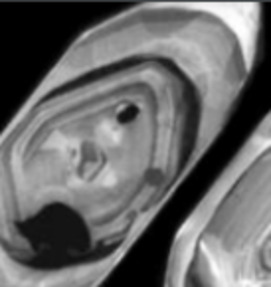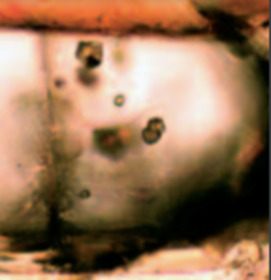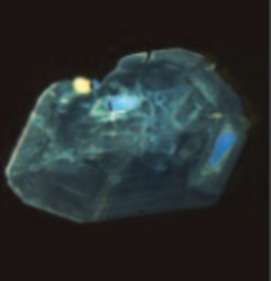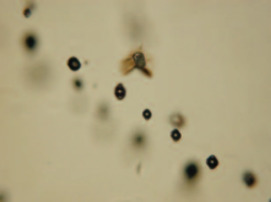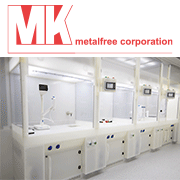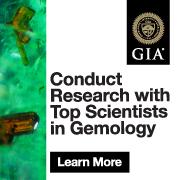
Zircon - Tiny but Timely
Simon L. Harley and Nigel M. Kelly – Guest Editors
Table of Contents
Where would Earth science be without zircon? As Earth’s timekeeper, zircon has proven to be a remarkable and versa- tile mineral, providing insights into deep time and ancient Earth processes. However, there is still much to learn about Earth’s history from zir- con and its behaviour. Zircon cannot be treated simply as a passive “safehouse” of stored isotopic and chemical information but must instead be interpreted carefully, in its petrological, mineralogical, and geological contexts, and in the light of all possible lines of evidence. Zircon has been a wonderful servant in our quest to unravel the his- tory of the Earth—and has so much more to offer as we unlock the secrets of its chemical and physical responses to the processes operating in the Earth.
Zircon Tiny but Timely
Zircon as a Monitor of Crustal Growth
Zircon Behaviour and the Thermal Histories of Mountain Chains
Zircon Behaviour in Deeply Subducted Rocks
Rare Earth Element Behavior in Zircon–Melt Systems
Re-equilibration of Zircon in Aqueous Fluids and Melts
Hydrothermal Zircon
Activation Laboratories Ltd. (Actlabs)
Australian Scientific Instruments (ASI)
Bayerisches Geoinstitut
CrystalMaker
Excalibur Mineral Corporation
Hudson Institute of Mineralogy
Materials Data (MDI)
Meiji Techno America
PANalytical
Rigaku
Rocks & Minerals
RockWare
Thermo Fisher Scientific
v3n2 On the Cutting Edge: Teaching Mineralogy, Petrology, and Geochemistry
Guest editor: David W. Mogk (Montana State University)
New advances in research on learning have important implications for teaching mineralogy, petrology, and geochemistry. Effective instruc- tional practices are increasingly student centered, address diverse stu- dent learning styles, and employ a variety of active-learning strategies. Teaching practices should be redirected from learning about science to learning to be scientists, emphasizing inquiry, discovery, critical thinking, problem solving, and the skills required to observe, analyze, and inter- pret the world around us. This issue of Elements describes some of these findings and provides examples of how they can be applied to teaching mineralogy, petrology, and geochemistry.
New Directions at the Intersection of Research about Earth and Research on Learning David W. Mogk (Montana State University)
Improving Instruction in Mineralogy, Petrology, and Geochemistry— Lessons from Research on Learning Cathryn A. Manduca (Carleton College)
What Should Our Students Learn? Dexter Perkins (University of North Dakota)
Teaching for Deeper Understanding and Lifelong Learning Karl R. Wirth (Macalester College)
Using Alignment and Reflection to Improve Student Learning Alan P. Boyle (University of Liverpool)
Visual Communication: Do You See What I See? Barbara L. Dutrow (Louisiana State University)
- Zircon – Tiny but Timely (February 2007)
- On the Cutting Edge: Teaching Mineralogy, Petrology, and Geochemistry (April 2007)
- Energy: A Geoscience Perspective (June 2007)
- Frontiers in Textural and Microgeochemical Analysis (August 2007)
- Critical Zone: Where Rock Meet Life (October 2007)
- Medical Mineralogy and Geochemistry (December 2007)
Download 2007 Thematic Preview


